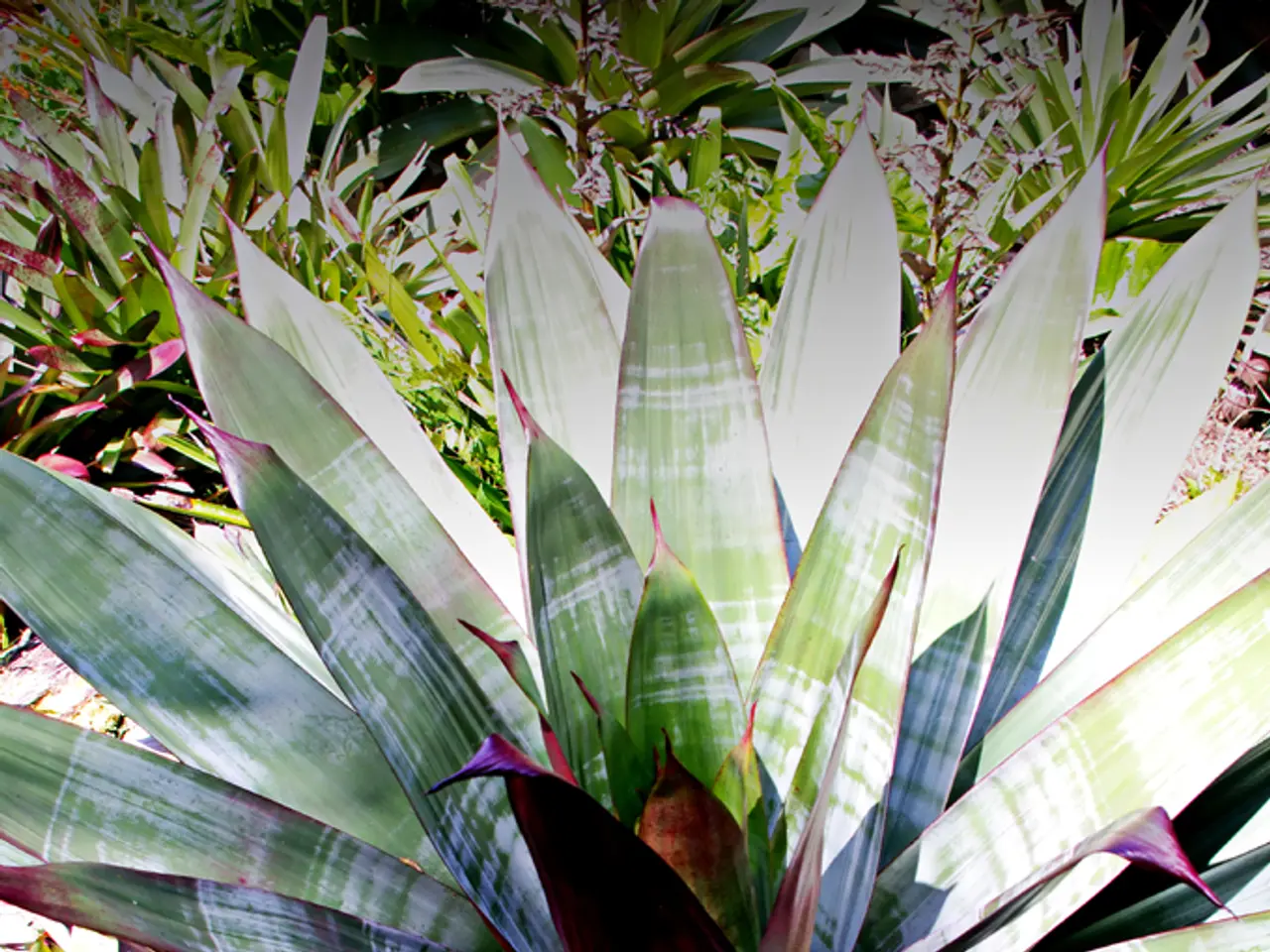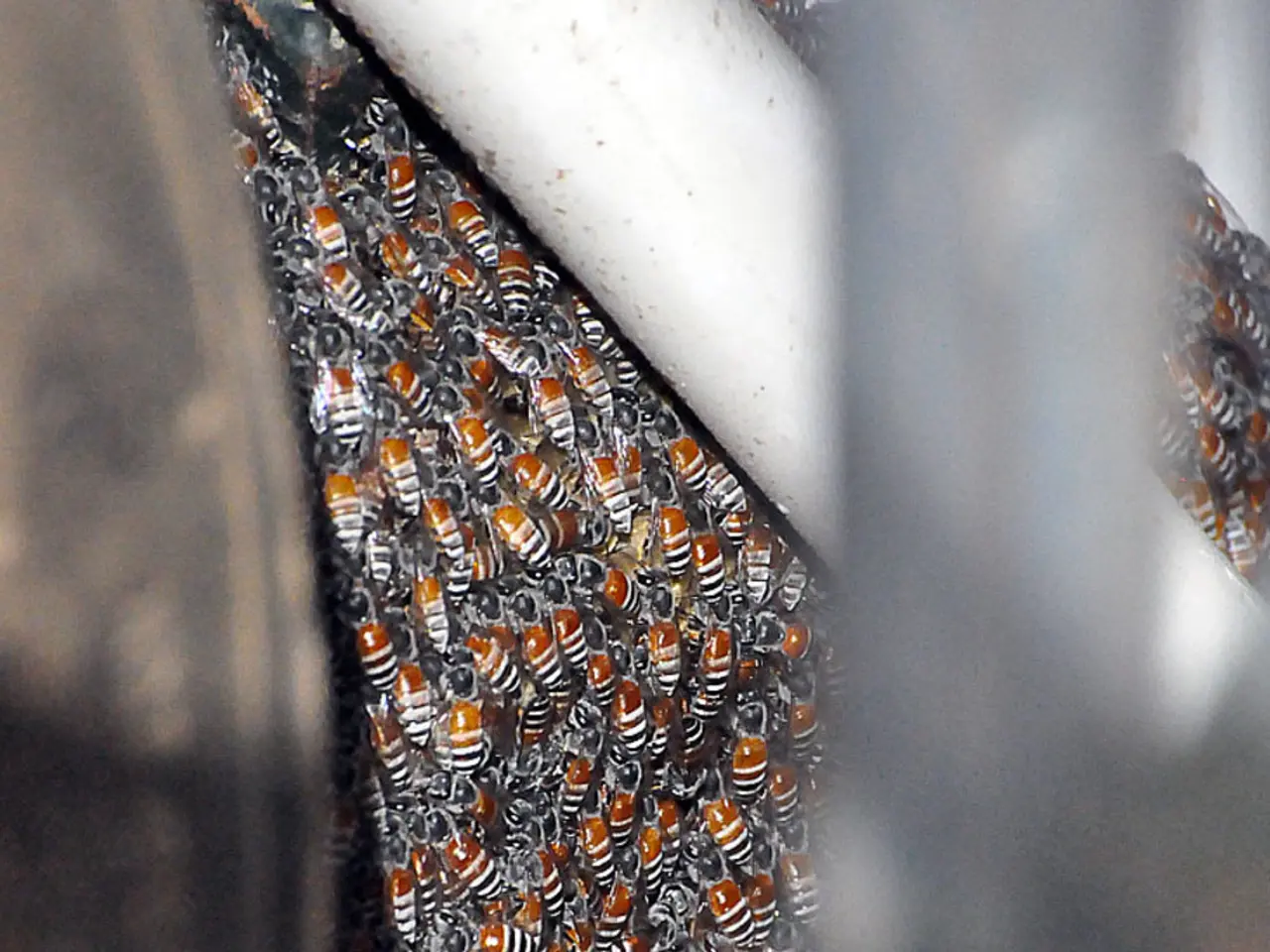Unveiled: 9 Surprising Secrets About Aerial rosettes You Should Know
====================================================================
Air plants, scientifically known as Tillandsias, are unique and low-maintenance plants that have captured the hearts of many modern homeowners. These epiphytes, which naturally grow on other plants or objects without being parasitic, have thrived in humid, tropical climates for thousands of years.
One of the most intriguing aspects of air plants is their ability to grow without soil. Instead, they absorb moisture and nutrients directly through their leaves using specialized scales called trichomes. This unique characteristic allows them to thrive suspended in air or attached to surfaces like trees, rocks, or shells.
As epiphytes, air plants are similar to orchids. They do not rely on their hosts for food or nutrients; instead, they get everything they need from the air and rainfall. Their leaves can vary greatly in texture and form, ranging from thin and flexible to stiff and chunky, adding to their visual diversity and adaptability to different environments.
Some varieties of air plants, like Tillandsia ionantha, can even change color when exposed to direct morning or late afternoon sunlight. This unique natural response enhances their decorative appeal, making them even more popular as houseplants.
Air plants reproduce by producing offsets called “pups” after flowering. These can be separated and cultivated as new plants, allowing for easy propagation. This low-maintenance and versatile nature of air plants makes them ideal for decoration. They can be placed on almost any surface that receives adequate indirect sunlight and airflow, including unconventional containers like seashells or geodes.
Care methods for air plants vary. They prefer water rich in minerals and nutrients, and while distilled water is not ideal for them, tap water can be used if it is left to sit out for 24 hours to allow chlorine to evaporate. It's important to ensure they dry within about 4 hours to prevent rot.
Air plants are slow-growing plants, rarely exceeding 10 inches in diameter. The flowers of air plants can last from a few days to several months, adding a splash of colour to any space they inhabit. It's important to note that air plants can flower only once in their lifetime.
Despite their unique characteristics, air plants are not toxic to pets or children. They are a testament to nature's ability to adapt and thrive in various environments, challenging traditional gardening norms. Whether suspended in mid-air or nestled in an unconventional container, air plants continue to captivate and inspire those who encounter them.
- To provide a touch of unique decor, consider incorporating air plants into your home-and-garden lifestyle, as these low-maintenance plants can thrive on various surfaces without soil.
- For a nursery that showcases a nurturing connection with nature, consider adding air plants to the collection, as they are easy to care for and can grow suspended in air or attached to surfaces.
- Air plants can add a fresh, verdant touch to any lifestyle, whether you're a modern homeowner seeking minimal-care plants or a gardening enthusiast looking to expand your collection beyond traditional Soil-bound plants, air plants offer a captivating alternative that fits seamlessly into your home-and-garden decor.




